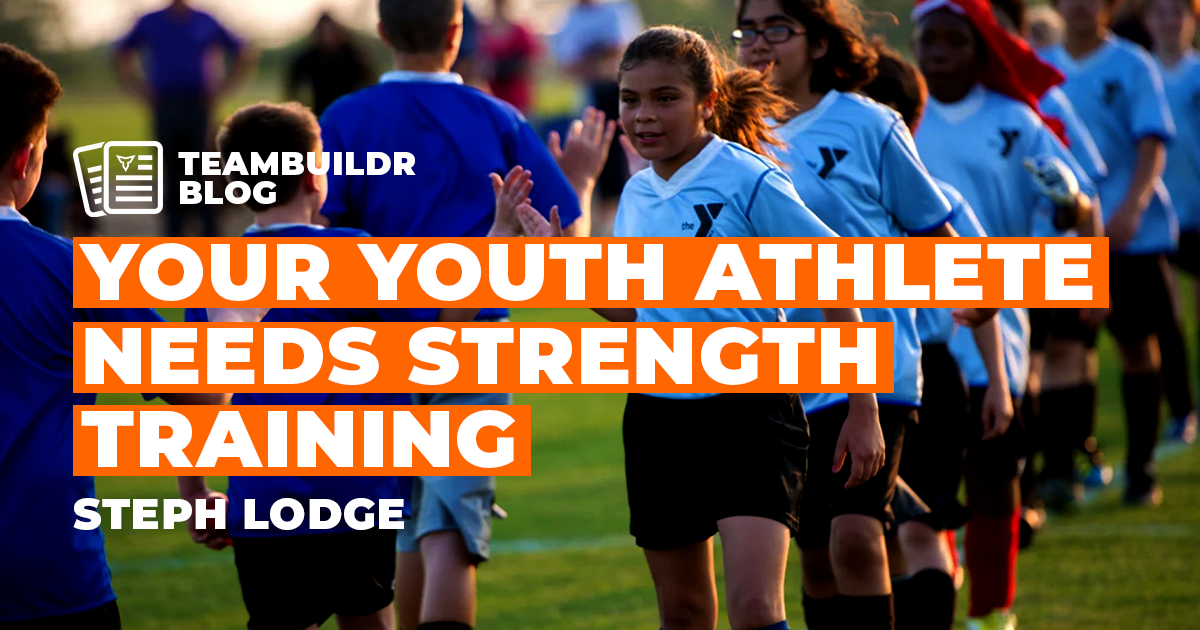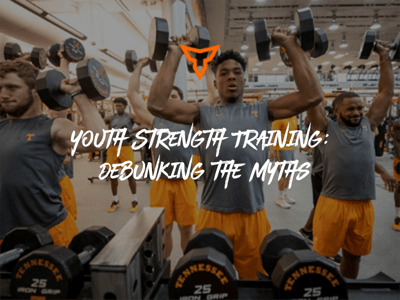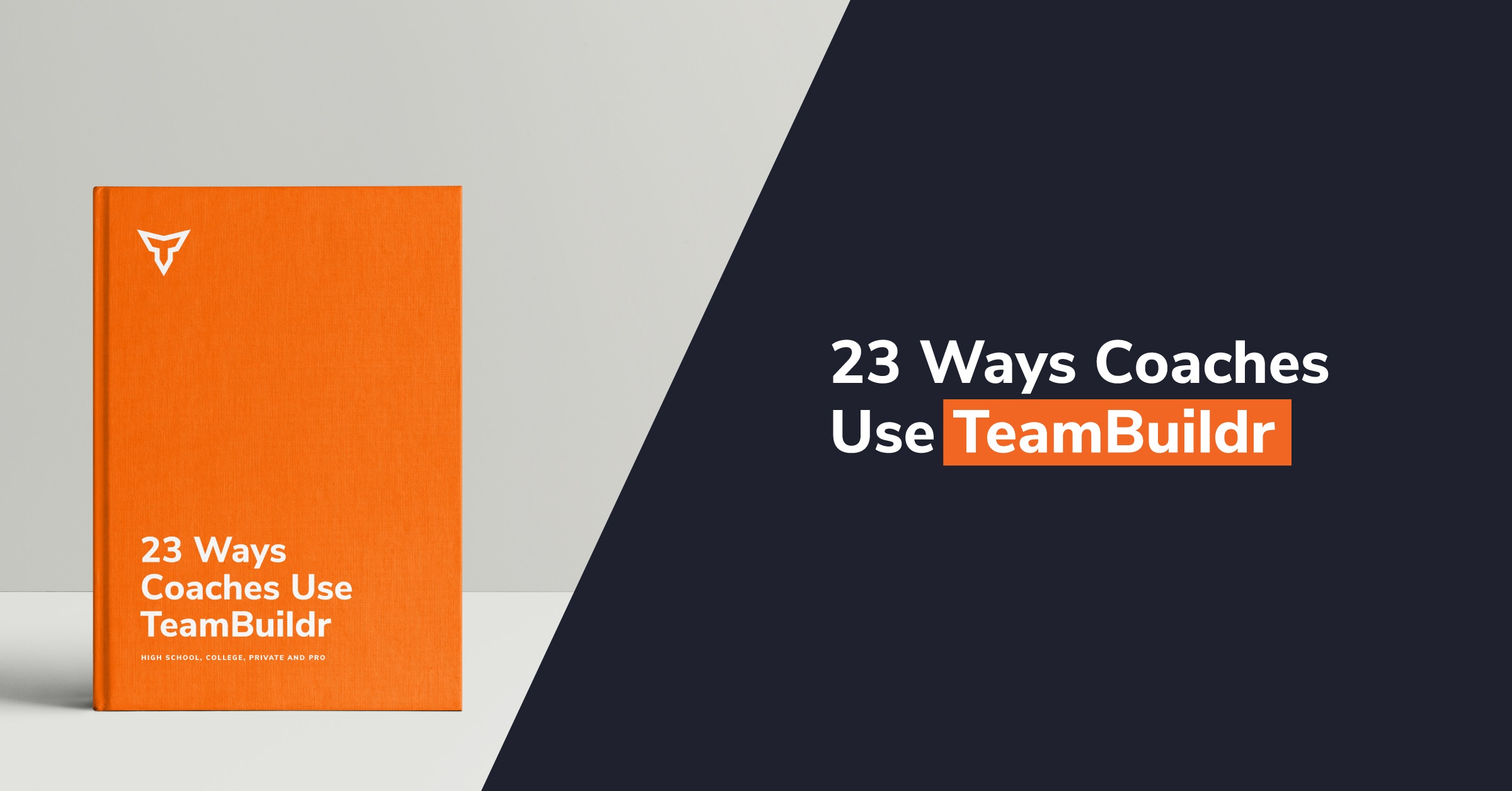Training the High School Level: Don’t Rush the Process and Focus on Movement
I began my career as a part-time strength and conditioning coach, in 2009, at House of Speed in Denver. I was blessed to be able to work with much younger athletes at the time, ranging in age from junior high, all the way up to collegiate athletes with no certifications, or finished education, I was blessed to have the opportunity to gain my first experience in the strength and conditioning world.
From there, I had many stops along the way, including Hastings College, Grand Island Senior High School, Grand Island Central Catholic High School, University of Colorado Football, and currently, Mullen High School in Denver. As one person can imagine, I saw a lot of different things and philosophies during these stops that have helped shape what I believe as a strength and conditioning coach.
Don't Sell Pipe Dreams
First, when it comes to training high school athletes a coach must remember is they are not 20 years old college athletes. All too often sport coaches try to follow a program that is designed for the college level. The result is athlete left to believe they can run a 4.4 40-yard dash and squat 400 pounds when those feats take years of training. There are no real comparisons to be made when looking at a 20-year-old collegiate football athlete vs. a 15-year-old high school freshman football athlete.
So where does the focus originate for young high school athletes? I would like to think that focusing on the basics of movement are key to developing an overall athlete. I would never expect a new high school football athlete to come in the first day and complete a one-rep max without having weeks of squat progressions and strength building regimens to prepare them. I also believe that doing a quality rep test for a bench press or squat can be much more beneficial while keeping the athlete much safer. After all, my number one goal as a strength coach, is to never see an athlete get injured in a weight room, and only then empower their performance and resiliency.
Programming Basics
This is where things can get tricky for high school athletes, and differences in philosophy and opinion can either jarr the athlete's confidence or promote it. I grew up on Bigger Faster Stronger beginning in 1998. Do I think a program like this has its flaws? Of course, but I do find that there is some benefit for it to a certain extent when training under a barbell.
Every strength coach has their philosophy, and I believe that training under a barbell only helps an athlete gain confidence. I may be biased on learning with an empty barbell, but I care about how well athletes move. This of course takes reign over chasing numbers and chasing down one rep maxes. If sport coach likes efficient movement on the field or court, then hopefully, appreciation for efficient movement in the weight room will take the same liking. I’ve seen it too many times, where athletes are told to load the bar up and go as heavy as they can go, without efficient movement. Let’s take the back squat for an example: an athlete, who is not ready for back squats, is told to load the bar up, and is only able to go a quarter or half of the way down. What benefit does this have? It doesn’t have any in regards to movement efficiency and transfer to the field, and the stress that has been put on the knees was unmeasured. I would believe, as a strength coach, that if an athlete is only able to go half of the required depth of a back squat, then you’re only going to get half of the results,and poor movement efficiency on the field or court, and not prevent injury, but rather have them happen.
Or maybe, the athlete isn’t ready for back squats? Front squats are a great alternative to learn how to squat and creating excellent mobility of the hips, knees, ankles, shoulders and wrists while placing a minimal dose of lumbar pressure compared to back squats. Rushing things can create problems, and taking steps backwards. Slow cooking the big lifts, focusing on movement, and keeping high school athletes motivated is the bread and butter of high school strength and conditioning, and as always, keeping athletes safe is number one!
Maintaining Simplicity
I’m all about simplicity; simple yet effective. I look at a simple high school athletic training program, that is put together in order to help an athlete get stronger and reach attainable goals, as a successful program. There is no one right way to program, but for the high school athlete, simplicity is key. So where does one start? Well, there’s no need to try and reinvent the wheel; start with an empty barbell or body weight, and focus on simple reps and sets, and of course, movement. The productivity an athlete produces from the beginning is the productivity they’ll likely produce in the end.
I believe that completing 3 to 5 sets of 5 on movements is about the right dosage for a high school athlete to not fatigue with technique when first starting out, and allows for the focus of them knowing that they can focus on 5 reps at at time, and also be a sponge of the simple cues that they will endure on each lift. Once an athlete has completed efficient movement with flat loading or linear progression, then moving onto an APRE program can be a huge way to get them strong. This may not be what others believe, but it sure is a great start from my experience thus far!
As a high school strength coach, the challenges include programming around multi-sport athletes, and keeping them consistent with training on a year-round basis. If I have any recommendations for other high school strength coaches out there, it is to be patient, trust yourself, talk shop with other high school strength coaches and always question your program in order to make it better for the athletes you serve!
Subscribe to our blog
Subscribe to receive the latest blog posts to your inbox every week.
Related posts
.jpg)
Don't Skip Conditioning, Redefine It

Your Youth Athlete Needs Strength Training


